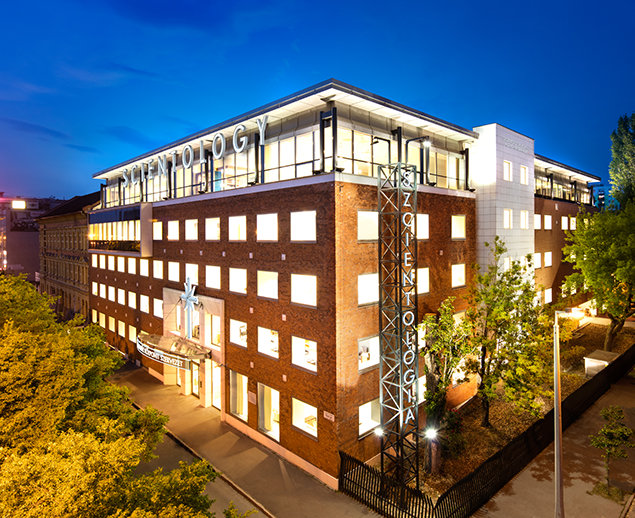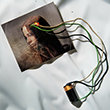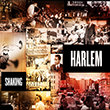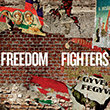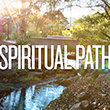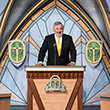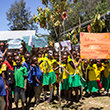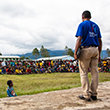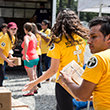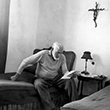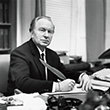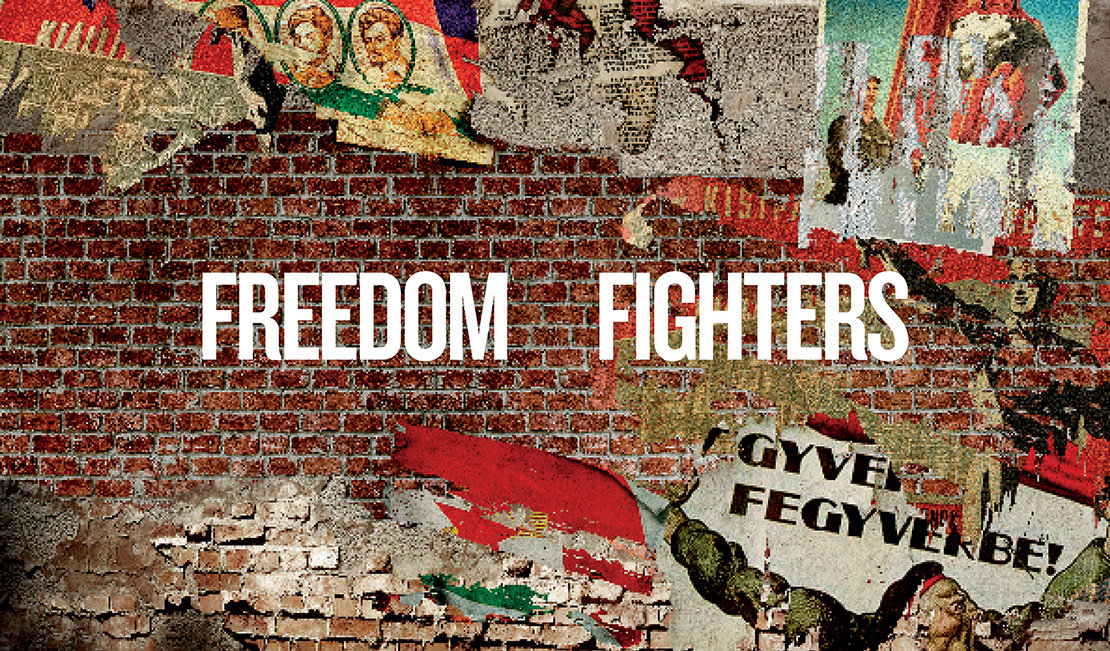Dates matter—especially when freedom has been in the balance. In the tumultuous history of Eastern and Central Europe, Hungarians have a chronology of freedom. 1848-49, the Hungarian Revolution against Austria. 1949, the takeover of Eastern Europe by Soviet communism. 1956, Hungary’s revolt against the Soviets. 1989, the fall of communist domination of Hungary.
For many Hungarians, there’s a new date that’s emblazoned with “freedom,” 2016, when the Church of Scientology opened its new Church. As communism began to disintegrate three decades ago, a few partisans for freedom had spirited copies of Scientology literature into Hungary, and so began a movement that spread to dozens of missions—and eventually a triumphant success in conceiving, building and opening the new Church.
In the weeks since the long-awaited July 2016 opening of the Budapest Church, the new-found freedom of religious expression in this Central European nation has taken a number of forms.
First, it was the steady influx of parishioners from Budapest and around Hungary, making use of the religious study and counseling facilities that are the heart of the new Church. It is without question the central nerve and home base for the rapidly growing number of Scientology centers around Hungary.
But it was also as simple as planting flowers in the neighborhood around the new Church—a beautification project.
.jpg)
In another, Church members handed out thousands of invitations to neighbors to visit the new Church, a distribution practice once prohibited by censorship within the former communist country.
The Church’s first weeks have also attracted new media attention to its sponsored human rights education programs.
“The importance of freedom is an idea so deep-seated that it is in every breath and heartbeat.”
Istvan Nemere
On that beautiful Saturday in late July when the new Church of Scientology—Budapest was opened, a growing crowd of celebrants worked its way from Vaci Road onto the grounds to greet a contingent of prominent Hungarian speakers cued up beneath the gold ribbons overhead to speak about the struggle to establish the new Church. Seats filled quickly and hundreds more pressed forward into an already packed courtyard.
It was a dramatic, long-sought moment for many of these determined Scientologists who came with family and friends not only from Budapest and surrounding cities, but from throughout Eastern Europe and points around the globe, to help inaugurate Hungary’s new spiritual center.
.jpg)
Writers, social activists, educators and government officials joined Scientology’s ecclesiastical leader, David Miscavige, on the podium to talk about the courage and dedication of those who first brought Scientology’s message into Hungary, developing its 33 religious centers, attracting tens of thousands of followers, and finally overcoming many obstacles to make the new Church of Scientology in Budapest a reality. Within that story is a strong parallel to the revolutionary spirit of Hungarians who have resisted repression of human rights, time and again, a story that spilled out repeatedly as the celebrations unfolded.
Mr. Miscavige noted for an enthusiastic dedication crowd that those who followed in the footsteps of Hungary’s long legacy of freedom fighting took on the challenge and “would not wait” for an easier path to their dreams.
“It is said the whole world knows your city as a capital of freedom, and that your fight to be free translates into every known language on Earth,” Mr. Miscavige told the assembly of some 3,000. “It is also said that whenever people yearn for liberty, they become ‘citizens of Hungary.’ And finally, it is said that yours is a language equipped to describe the innermost longing in every human heart—which is a longing for spiritual independence.”
The piercing of Iron Curtain censorship began decades ago in a quest for religious freedom, and a determination to resist the atheistic ideologies of the communist bloc regimes that never learned the meaning of freedom.
For most of those who filled the grassy courtyard that day, the ceremonies were a dramatic chapter in their own story of facing and overcoming social and political challenges in an unrelenting, 30-year journey to replace spiritual suppression with tolerance and religious freedom.
In the crowd Attila Miklovicz was beaming. Now a full-time staff member of the new Church, his youthful exposure to the ideals of Scientology inspired him to become a driving force in realizing this newest Church on the European continent—a commitment praised from the podium.
As Miklovicz later recalled, in years before the political upheavals of 1988-89 that led the country out of communism, totalitarian controls had made the ideas and words of L. Ron Hubbard’s Dianetics contraband. Copies of his work had to be smuggled into the country, even in non-Hungarian languages. But on the wings of new freedoms that followed the break up of the communist bloc, Miklovicz said, came people like him, who were discovering Scientology as a way to create a new and different culture, one where human rights and liberties are not only recognized, but also respected and encouraged.
“Today,” he said, making a sweeping gesture on opening day toward the sparkling 64,000-square-foot church on one of Budapest’s busiest thoroughfares, “is the coronation of all that.”
TO SPEAK FREELY
Hungarian novelist Istvan Nemere needed no real introduction at the Church’s grand opening. He is among Hungary’s most prominent writers. He even ranks near L. Ron Hubbard as among the world’s most prolific authors, ever. With more than 650 book titles under his own name (and many others under pseudonyms) the writer of science fiction and other stories—written in multiple languages—told the crowd that the Church’s establishment in Budapest has, for him, signaled something important within the country—a deeper commitment to freedom of belief.
“We endured a time when our region was closed off,” he said. “When it was surrounded by the threatening sound of silence. It was a time of strange unfreedom. One could not write anything, or if you wrote, you had to pack it so the real message wasn’t noticed. There was a cooperation between the writer and his readers.
“When I revolted, the secret police came,” he told the crowd. “My home was raided and 4,000 pages of my work were confiscated. I was put under surveillance for 23 years. So I believe in the realization of truth and freedom. And we have brotherhood in this regard, because you, the Scientologists, are the free people.”
In a translated interview later, Nemere told Freedom magazine that his own discovery of LRH’s work, which was not published in Hungarian until the early 1990s, brought him personally to new understandings.
“I was first astonished by his [LRH’s] legacy from the viewpoint of its quantity,” he said. “Writer, musician, creator of a whole philosophy. Filmmaker, explorer, master mariner. He has set an example through his own life showing that if one takes his tasks seriously then much more fits into a lifetime than you would first think. This in itself was appealing.
“The importance of freedom is an idea so deep-seated that it is in every breath and heartbeat,” said Nemere, who was introduced to the Scientology community by speaking at human rights events.
“So far, what I experienced in the works of L. Ron Hubbard [is] that he has this same purpose, to bring freedom to people. I think this idea is very close to [Hungarians]. I have spoken to Scientologists who reported similar experiences [of] … immediate resistance. The solution is that one should not lock oneself behind an attitude or opinion suggested by the media or the environment, but take the time to look at it with his own eyes, to find out what it really is. An honest, reasonable man who can absorb knowledge seldom fools himself.”
THE ROCK
On the morning after the grand opening—the first full day of operations for the new Church—the common room on the building’s fourth floor was crowded and bustling as Attila Miklovicz paused a moment to catch his breath. The pace of the days leading up to the opening had been hectic, and with the successful opening there was still high energy in the air. As soon as Miklovicz sat down, he was on his feet again, signaling to Tamas Nagy to join him.
“You know how Jesus told Peter that he was to be ‘the Rock’ on which the Christian Church was built? Well, Tamas is the Rock on which our Church was built!” he said.
Nagy knows well the history of Scientology here, especially in what Mr. Miscavige described during his address as “not revolution” but “evolution” of the religion’s growing presence in Central and Eastern Europe. As an executive of the new church of Budapest, and a respected university professor and sociologist, Nagy said he became first aware of Scientology as a university student, through a friend who secretly loaned him an English-language edition of Dianetics.
But it was not until years later, during a family vacation to Switzerland in 1986, that he was reminded of his student experience, when he discovered a German copy of Dianetics in a Swiss bookstore.
“I read it immediately, and I was very impressed,” he said. “We were not able, even as university teachers in sociology, to get hold of [Western] books, but I was inspired with the issues raised and I became dedicated to it.”

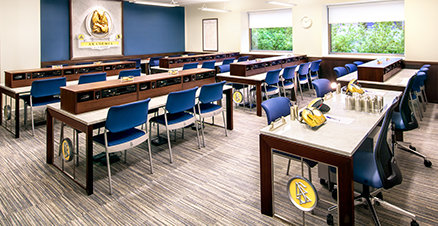
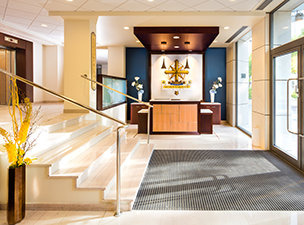
Despite the restrictions on outside literature, and likely because his copy was in German and not English, he managed to get it back into Hungary. It was still three years before repressions would begin to ease, he said, and the environment for promoting the ideas he found in Dianetics was still very difficult. But in small private gatherings, at garden parties, and among small groups with friends, those ideas he found began to take root. Often such meetings, he noted, were under surveillance by the secret police.
“Today shows me that there is hope to make new miracles. And with this grand opening, we’ve witnessed a miracle come true for Hungary.”
Dr. Istvan Komaromi
When Hungary’s post-communist government began exploring private enterprise to replace state-owned business, Nagy hooked up with a small crew of entrepreneurs who wanted to publish works formerly unavailable. Dianetics’ popular success in the United States and elsewhere inspired them to print and distribute some 30,000 copies of the book—mostly through cart vendors on public streets. But before that could occur, Dianetics had to be carefully translated from available English and German editions into the Hungarian language.
Meanwhile, Nagy waded into the challenge. Using copies of both English and German texts to bridge the language gap, Scientology began to grow throughout the country.
As he reflected on that past, Nagy told Freedom that he is aware that “distrust” of religious freedom in his country remains an issue that demands vigilance, and that the ability of Hungarians to preserve their rights to free choice and freedom of belief is yet an unsettled issue.
PRECURSORS TO SUCCESS
The opening of the highly renovated Budapest Church building—which in the 1930s was a radio tube manufacturing facility—culminated a process begun in 2005 with the purchase of a building that eventually proved too small for the Church’s needs. In 2013, with an opportunity for the larger facility developing, members of the organization went all out, they said—sponsoring events at popular venues and drawing many new people to their efforts to establish the Church they needed to bring help to Hungary.
“We had made a pledge to all Scientologists and all people of Hungary,” Miklovicz noted, “and we were going to find a way whatever it took to keep that pledge.”
But the foundation of the new Budapest Church began long before that, in the development of missions, he noted. And it was through programs sponsored by those missions—efforts to expose and fight drug abuse within the country, programs for the protection of human rights, and efforts to spread the Church’s technology to help more people find spiritual freedom—that had a powerful impact on the acceptance of Scientology within the country by community leaders.
Dr. Istvan Komaromi, brigadier general and former police chief of Pest County who also spoke at the opening, supervised drug abuse prevention efforts throughout the country for several years. He made note of the powerful and positive impact that Hungary’s Scientologists had on his own efforts. Even after the advent of new freedoms in the country, he noted that political leaders refused to publicly talk about or even acknowledge the existence of drug abuse, preferring, he said, to hide from the truth.
“It was 15 years ago when you first reached out to me,” he recalled for the crowd. “You wanted to run a marathon across Hungary and wake up our country to drugs. I had been promoted to Public Affairs Chief at the Ministry of Interior, so you asked that I launch the marathon with you in Kossuth Square outside our national parliament. I was curious … who are these people who care so much about our future?”
He said he found his answer in working with the dedicated people who, like himself, were committed to changing those attitudes.
“As someone who has seen this country from the top down, I know how rare individuals like you are,” he said. “No matter what, you remain compassionate and ‘human’ in how you help one another. In fact, today … shows me that there is hope to make new miracles. And with this grand opening, we’ve witnessed a miracle come true for Hungary.”
